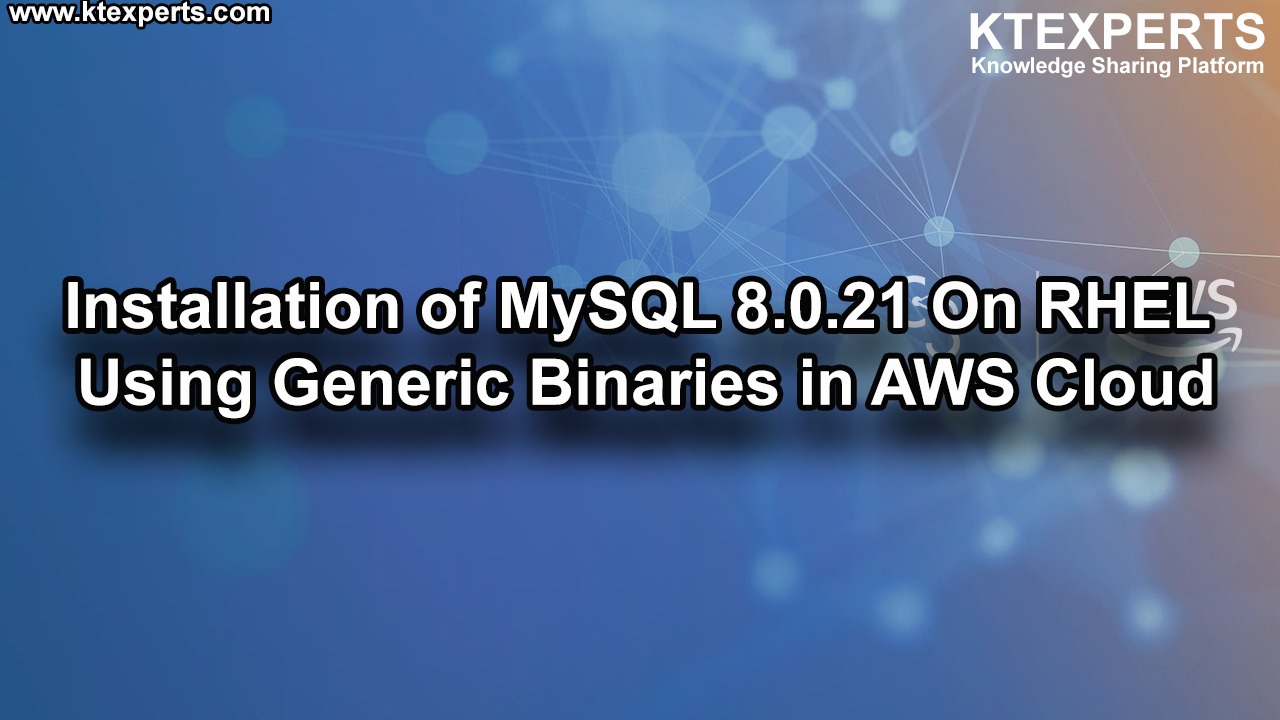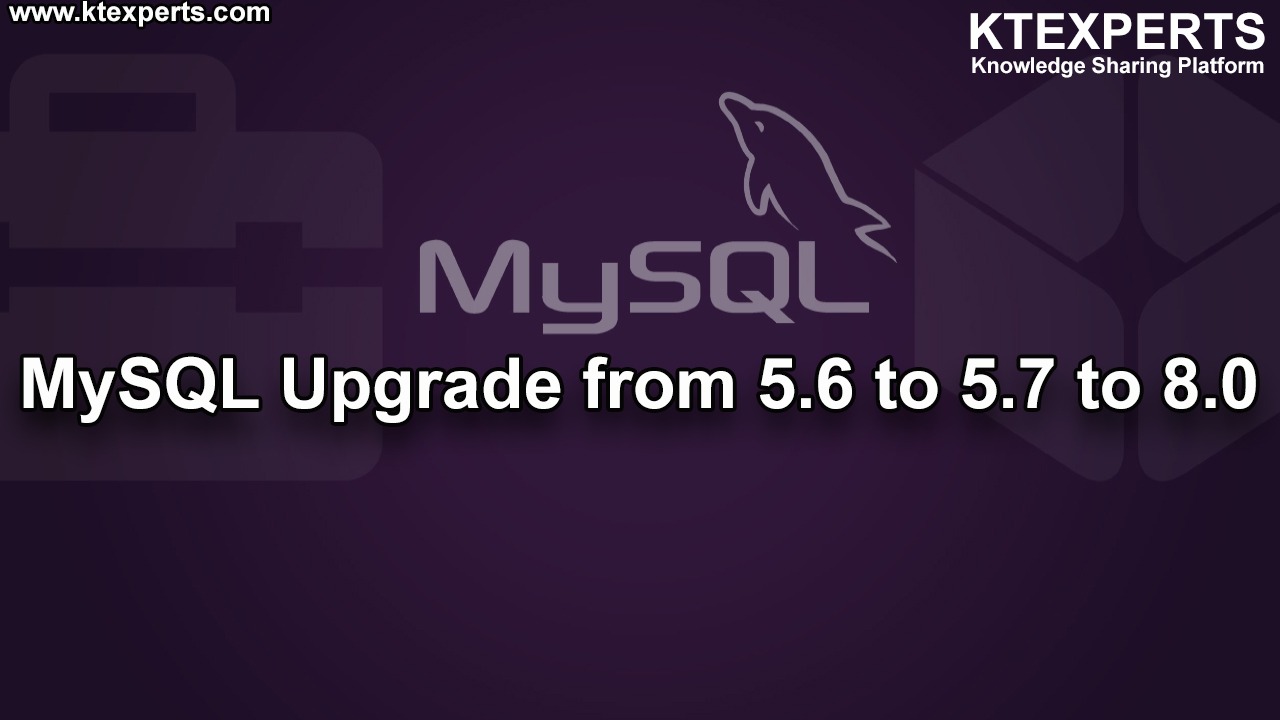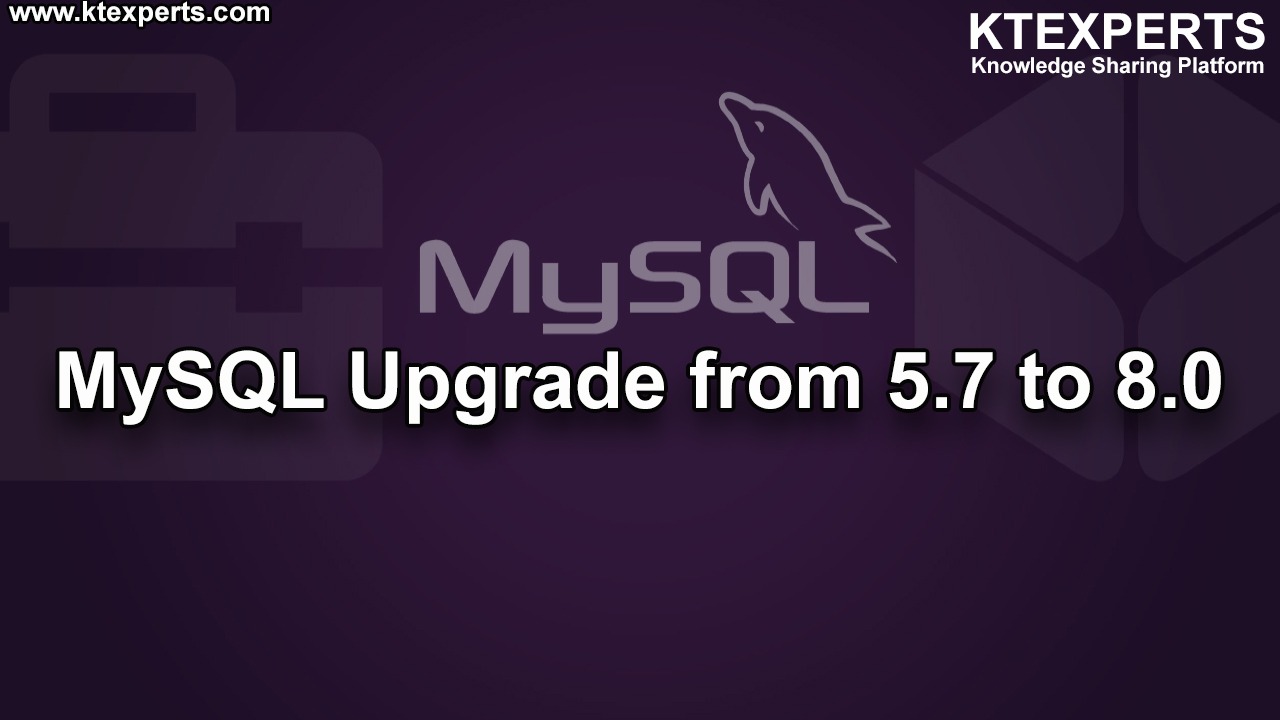When to Use MongoDB
Is MongoDB right for your application? That depends on the kind of data you have, and what you want to do with that data.
NoSQL databases have risen to the occasion when it comes to unstructured data and the kind of real-time analytics we expect from it. Depending on your own unique business needs, MongoDB might be just the right solution for you. In this article, we’ll see where we can use MongoDB
Web Applications
Here are some of the advantages of MongoDB for building web applications:
- Schema-less design: A document-based data model. The basic unit of storage is analogous to JSON, Python dictionaries, Ruby hashes, etc. This is a rich data structure capable of holding arrays and other documents. This means you can often represent in a single entity a construct that would require several tables to properly represent in a relational db. This is especially useful if your data is immutable.
- Deep query-ability: MongoDB supports dynamic queries on documents using a document-based query language that’s nearly as powerful as SQL.
- No schema migrations. Since MongoDB is schema-free, your code defines your schema.
- A clear path to horizontal scalability. Scalability in managing Tera bytes of data
- Rapid replicaSet with high availability feature
- Sharding enables linear and scale out growth w/o running out of budget
- Support high write load
- Use of Data locality for query processing
MongoDB Helps You Make the Most of Modern Data
The data environment has changed a lot since SQL was first designed in the 1970s, and a few of MongoDB’s most popular uses are great examples of how its NoSQL capabilities can meet the challenges of modern data.
Location-based data analytics and operations. If you gather location-based data, MongoDB has built-in spacial functions that allow you to harvest this data from specific locations and put it to use without complicated extraction processes.
Get real-time data reporting and analytics. Pull together data from across different silos seamlessly, and get a real-time, snapshot view of your data that you can use. Trying to consolidate different types of data like this with a relational database is a challenge.
Capitalize on sensor data and connected devices—or, ‘the Internet of Things.’ Billions of sensors and connected assets and devices are creating millions of data points, and it’s a challenge for relational databases to absorb and analyze without time-consuming ETL (extract, transform, and load) processes. MongoDB can analyze data of any kind within the database itself.
Powering content management systems (CMS). Whether your CMS is designed for e-commerce or publishing content, MongoDB is an ideal partner because it can house so many different types of data—the data that drives the necessity of a CMS-powered site. Store and incorporate multimedia, tweets, comments, and more.
Push out new versions of mobile apps fast. MongoDB’s ability to support fast iterations means you can scale up, make modifications, and give your customers new and better apps fast, and without the cost of updating your relational database management system (RDBMS). Being able to scale horizontally and handle unstructured data also makes it an ideal pairing for mobile app development.
Personalize data to tailor user’s experiences. Give customers a personalized experience based on what you already know, and what you can predict. MongoDB can give you a real-time analysis of a customer that you can translate into a tailored experience by harvesting data like browsing history, demographics, behaviors, interactions, and more.




